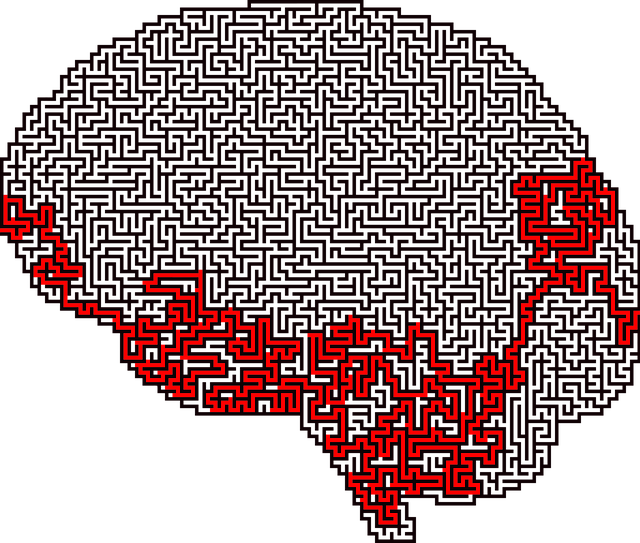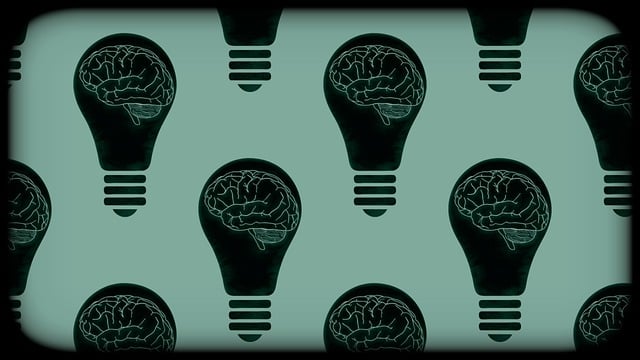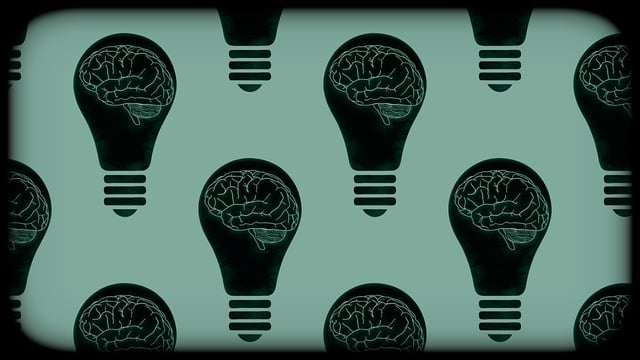Castle Rock Trauma Therapy (CRTT) offers a unique approach to group mental wellness facilitation, prioritizing emotional health and community support. Through structured discussions, mindfulness exercises, and creative expression in safe, non-judgmental settings, facilitators empower individuals to process trauma, develop coping strategies, and build resilience. CRTT's techniques encourage active participation, foster empathy, and promote positive thinking, ultimately strengthening social support networks and preventing burnout. This comprehensive approach ensures that mental wellness group programs are effective, empowering individuals to embark on journeys of personal growth with confidence.
Mental wellness group facilitation plays a pivotal role in fostering community and healing. This article delves into effective techniques, centered around Castle Rock Trauma Therapy, for facilitators aiming to create safe, supportive environments. We explore key principles from understanding trauma-informed care to implementing strategies that enhance emotional regulation and coping skills. Additionally, we examine assessment methods to measure group dynamics and success, providing a comprehensive guide for optimal mental wellness support.
- Understanding Castle Rock Trauma Therapy: A Foundation for Group Facilitation
- Creating a Safe and Supportive Environment: Key Principles for Facilitators
- Effective Communication Strategies: Fostering Open Dialogue in the Group
- Techniques to Enhance Emotional Regulation and Coping Skills
- Measuring Success and Group Dynamics: Assessment and Evaluation Methods
Understanding Castle Rock Trauma Therapy: A Foundation for Group Facilitation

Castle Rock Trauma Therapy (CRTT) offers a powerful framework for group facilitation, emphasizing the interconnectedness of emotional well-being and community support. This therapeutic approach recognizes that trauma often has profound implications for an individual’s mental health and interpersonal relationships. By fostering a safe and supportive group environment, facilitators can help members process their traumatic experiences, develop coping strategies, and build resilience.
CRTT incorporates various techniques to promote emotional well-being and encourage empathy building among group members. These strategies include structured discussions, mindfulness exercises, and creative expression activities designed to help individuals process their feelings, understand their trauma’s impact, and connect with others on a deeper level. By integrating these practices, facilitators can contribute significantly to burnout prevention, ensuring that group participants develop healthy coping mechanisms and strengthen their social support networks.
Creating a Safe and Supportive Environment: Key Principles for Facilitators

Creating a safe and supportive environment is fundamental to effective mental wellness group facilitation. This begins with establishing clear boundaries and ground rules from the outset. Facilitators should ensure all participants feel heard, respected, and valued, fostering an atmosphere of trust and openness. Encouraging active participation while maintaining a non-judgmental stance is crucial, allowing individuals to share their experiences and perspectives freely.
The role of a facilitator involves promoting positive thinking and emotional expression through techniques like Castle Rock Trauma Therapy. By creating a safe space, facilitators enable participants to navigate delicate topics, process traumas, and build resilience. This supportive environment is key to the success of mental wellness coaching programs development, ensuring individuals feel empowered to take on personal growth journeys with confidence and support.
Effective Communication Strategies: Fostering Open Dialogue in the Group

In facilitating mental wellness groups, fostering open dialogue is key to creating a safe and supportive environment. Effective communication strategies encourage participants to share their experiences, thoughts, and feelings freely. This involves active listening, where facilitators show genuine interest and empathy, ensuring every voice is heard without judgment. By creating a non-threatening atmosphere, group members feel more comfortable expressing themselves, leading to deeper connections and meaningful conversations.
Utilizing techniques like round-robin discussions, where each person takes turns sharing, helps maintain focus on emotional healing processes. This method ensures everyone has an opportunity to participate, fostering a sense of belonging and camaraderie. Incorporating confidence-boosting activities within these dialogues further empowers individuals to overcome depression prevention barriers, allowing them to navigate their mental wellness journeys with increased resilience, as supported by Castle Rock Trauma Therapy practices.
Techniques to Enhance Emotional Regulation and Coping Skills

In facilitating mental wellness groups, a key aspect of enhancing participants’ emotional well-being involves teaching effective emotional regulation and coping skills. Techniques such as mindfulness meditation and deep breathing exercises empower individuals to manage stress and anxiety in a healthy manner. By incorporating these practices into group sessions, facilitators at Castle Rock Trauma Therapy create a safe space for members to explore their emotions and develop strategies to cope with challenging situations.
Additionally, promoting emotional awareness through activities like emotion labeling and journaling encourages self-reflection. These practices foster understanding and acceptance of one’s feelings, which are vital components in the journey towards mental wellness. Public Awareness Campaigns Development and Emotional Well-being Promotion Techniques can further enrich these efforts by providing additional resources and education, ultimately contributing to a more supportive environment for at-risk individuals. Risk Assessment for Mental Health Professionals is also crucial, ensuring facilitators are equipped to handle potential triggers and provide the best care possible.
Measuring Success and Group Dynamics: Assessment and Evaluation Methods

Measuring success in a mental wellness group setting involves a multifaceted approach tailored to assess both individual and collective progress. Facilitators often employ pre-post assessments, where participants complete standardized questionnaires or surveys before and after the program to gauge changes in symptoms, coping mechanisms, and overall well-being. These tools, such as those used in Castle Rock Trauma Therapy, help track improvements in anxiety relief and self-care practices.
Group dynamics play a crucial role in evaluating therapeutic outcomes. Observational techniques, along with member feedback, provide insights into the quality of interactions, participation levels, and emerging support networks within the group. Incorporating cultural sensitivity in mental healthcare practice is essential for facilitating inclusive environments where all participants feel validated and understood, fostering safer spaces for open communication and genuine connection.
Castle Rock Trauma Therapy (CRTT) offers a robust framework for group facilitators aiming to create supportive spaces. By adopting key principles of CRTT, such as fostering open dialogue and enhancing emotional regulation skills, facilitators can effectively guide groups towards positive change. Understanding these techniques allows professionals to navigate complex dynamics, ensuring every member feels safe and heard. This holistic approach not only improves individual mental wellness but also creates a thriving group dynamic where members learn from each other’s experiences, ultimately strengthening their collective resilience.














